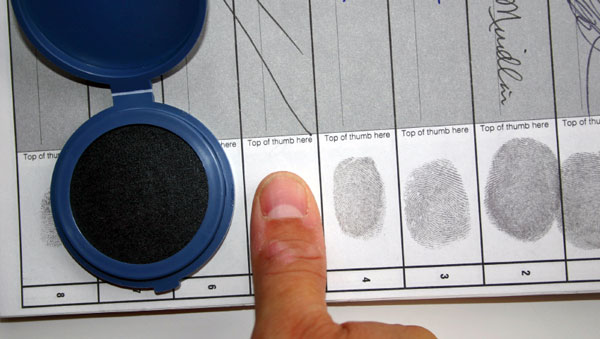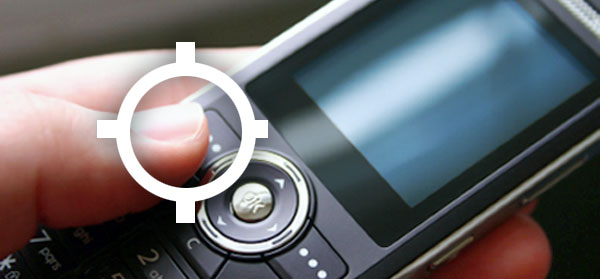When and when is fingerprint analysis used?
Fingerprints can be used in all sorts of ways:
- Providing biometric security (for example, to control access to secure areas or systems)
- Identifying amnesia victims and unknown deceased (such as victims of major disasters, if their fingerprints are on file)
- Conducting background checks (including applications for government employment, defense security clearance, concealed weapon permits, etc.).

Fingerprints are especially important in the criminal justice realm. Investigators and analysts can compare unknown prints collected from a crime scene to the known prints of victims, witnesses and potential suspects to assist in criminal cases. For example:
- A killer may leave their fingerprints on the suspected murder weapon
- A bank robber’s fingerprints may be found on a robbery note
- In an assault case, the perpetrator may have left fingerprints on the victim’s skin
- A burglar may leave fingerprints on a broken window pane
- A thief’s fingerprints may be found on a safe
In addition, fingerprints can link a perpetrator to other unsolved crimes if investigators have reason to compare them, or if prints from an unsolved crime turn up as a match during a database search. Sometimes these unknown prints linking multiple crimes can help investigators piece together enough information to zero in on the culprit.

In the absence of DNA, fingerprints are used by the criminal justice system to verify a convicted offender’s identity and track their previous arrests and convictions, criminal tendencies, known associates and other useful information. Officers of the court can also use these records to help make decisions regarding a criminal’s sentence, probation, parole or pardon.